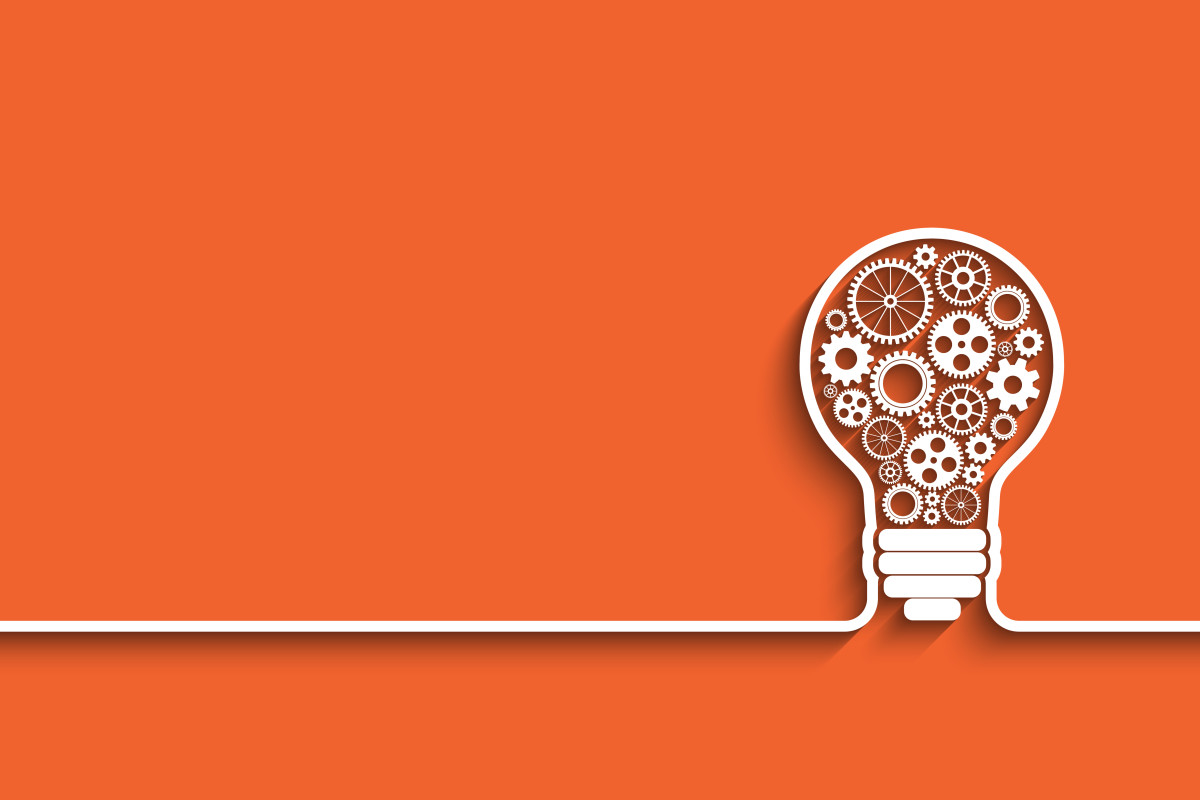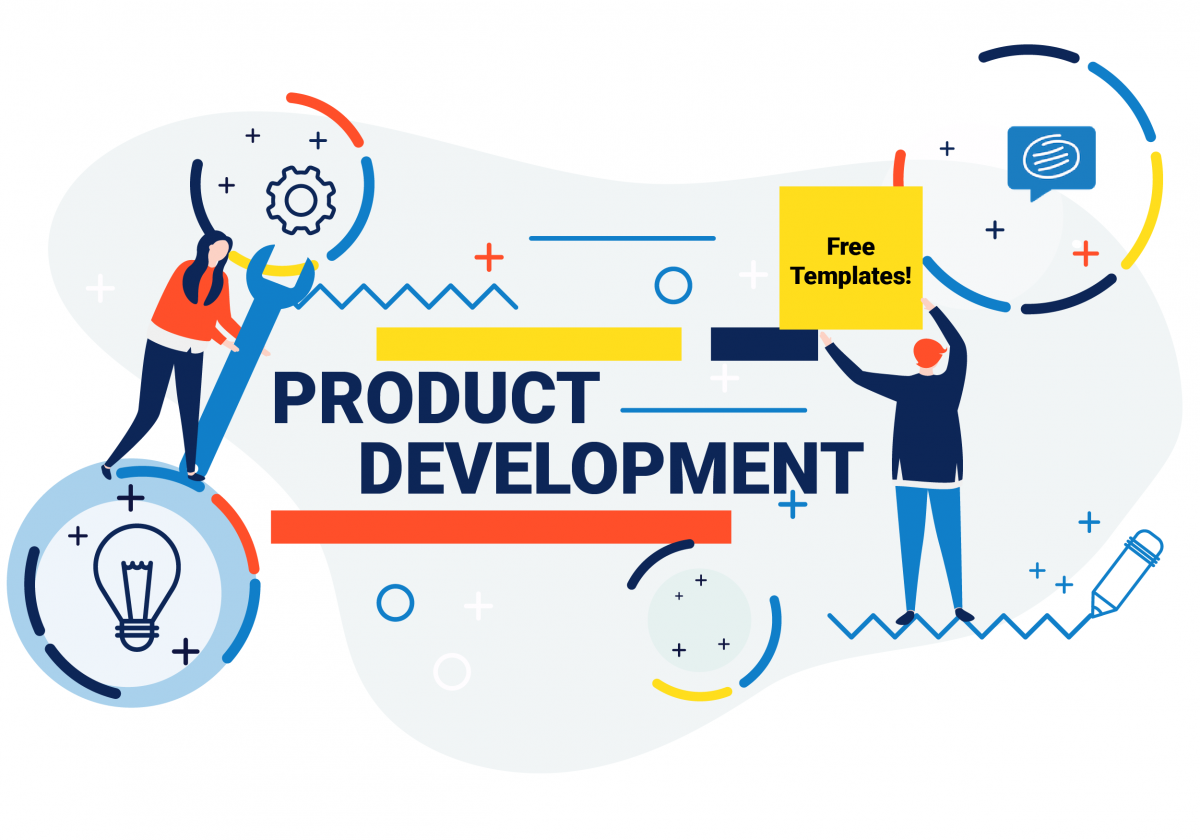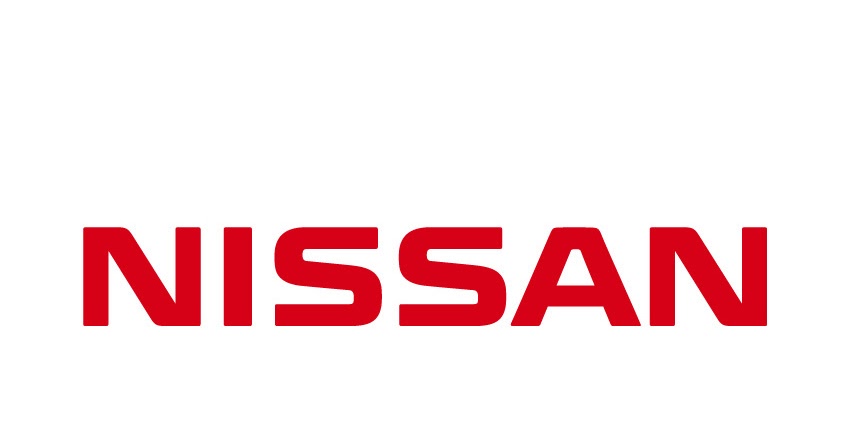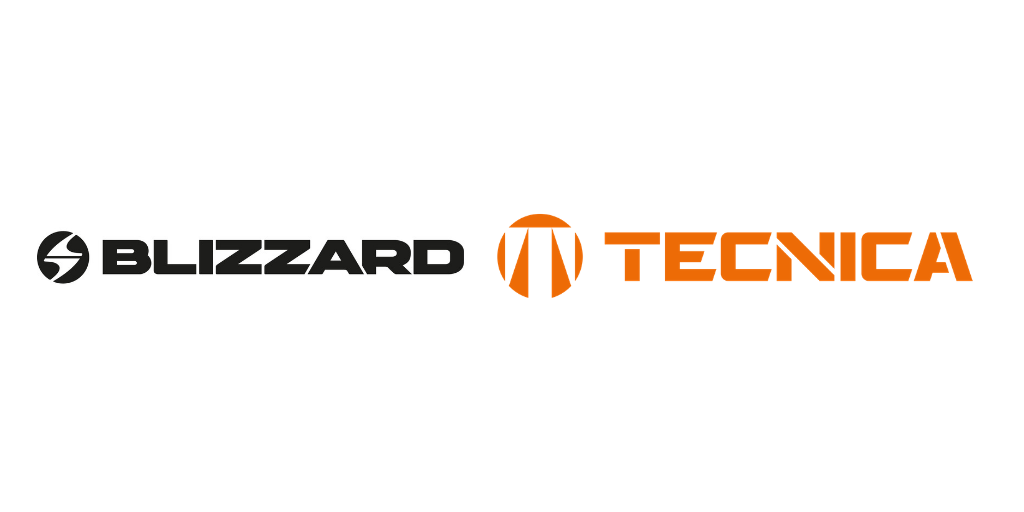New Product Development Process: How To Do It Right?
Selling goods that meet the requirements of the key targeted markets aids you in promoting business sales. The process of development is not something difficult. But, businesses should use their development strategies based on the changes and research in their market. You can look at the strategy major enterprises that are widely used to develop new items to improve and enhance existing products.
In this article, you will know a complete guide on the New Product Development Process: How To Do It Right?
What is the new product development process?
Generally defined, the development of new products means the process of showing new and original product ideas to the whole market. Those new ideas can have those which you have never seen before, or those ideas might be something which improves the existing items, dealing with problems or changing items to meet your consumer’s requirements.
We already know that customers’ requirements are always changing rapidly beside the change rate of technology. When new technologies are available, old items can be obsolete or adapted to more modern things.
Let’s consider smartphones, which are playing a vital role in our lives. Working as flip phones with minimal ability has been becoming a hand-held computer that enables us to contact others and provides you with access to shopping, banking, typing, and texting and cameras used to compete with the most professional photographs.
Due to the rapidly changing requirements inside the market, lots of companies try to outpace another to achive competitive advantages over another in the same item category with the same targeted market. Besides, the rate of new items offerings is now increasing significantly over the past several years, with the amount of investment in finance into the whole process being expensive and extensive.

What is the process of developing new products
In this part, you will be guided on how to develop your original product ideas and what you have to consider at every stage.
1. Ideation
A lot of new beginning or small entrepreneurs can get stuck from ideation since they are waiting for ideal thinking to disclose the prefect items they are about to sell. While making something new can fulfill creatively, many good ideas show as results of iterating depending on current products.
The scamper model is regarded as a helpful tool to help you come up with new product ideas by making questions related to the existing items. Each letter will stand for prompts:
-
Combine (Ex: battery packs and phone cases)
-
Substitute (Ex: fir in faux fur)
-
Adapt (Ex: bra with front clasps for nursing)
-
Modify (Ex: sleeper designs and electric toothbrushes)
-
Put to another use (Ex: memory foam dog beds)
-
Reverse/ Rearrange (Duffle bags so that they do not wrinkle your suits)
-
Eliminate (Ex: the middleman to pass the savings on and sell sunglasses to customers)
By asking those questions, you can share novel ways to transform current ideas and adapt them to new targeted audiences or issues.
Should you still look for the “aha” moment, a list of sources is put together to help you come up with your items from getting online marketplaces and product descriptions analyzed for the inspiration to reinvent historical trends.
2. Research
If you already have your ideas in mind, you can feel a bit inclined to leapfrog, which is ahead to production; however, it can be a misstep if you are not successfully invalidating your first idea.
Product validation can make sure that you create an item that people will pay for it and do not need to waste your time, efforts, and money on wonderful ideas. And there exist some ways you can get your product ideas validated such as:
-
Talking about your ideas with friends and family
-
Beginning crowdfunding campaigns
-
Sending online surveys to get their feedbacks
-
Researching online requirements by using Google Trends
-
Asking for feedback on some forums such as Reddit
-
Running “coming soon” pages to gauge interests via pre-orders and email opt-ins
Although you already decide to validate your ideas, you need to receive feedback from unbias and substantial audiences if they want to purchase your items. You should be aware of overvaluing feedback from those who will buy if you’re going to make your products till money can change hands, you are unable to count people as your customers.
Keep in mind that validation research also involves competitive analysis. In case your niche or idea own potentials to start, there will be competitors that already operate in this space. Visit your site’s competitors before signing up for the email lists that enable you to make out how they can make sales and attract the customers. You can ask your potential customers what they like or hate about the competitors, which is essential in defining your competitive advantages. The information compiled from performing product validation and market research lets you gauge the requirements for your items and the competition level existing before starting to plan.
3. Planning
It is vital to plan before you can start building your prototype because the development of items can become complicated quickly. As you finally approach suppliers or begin to seek materials, should you not have concrete ideas of what you wish your items to look like and how it functions properly, it is too easy to become lost in subsequent steps.
One of the perfect places to start your plan is hand-drawn sketches to see what your items look like. Those sketches should be mentioned as details as possible with labels giving details for different functions and features.
In general, you do not need to have professional quality drawings because you will not submit it to manufacturers at this specific stage. You can also digitalize your drawings by using an editing app and importing some brushes for procreate to spice things up. But should you not be confident you can create clear diagrams making sense of your item, it is not so complicated to find out the illustrators to hire on UpWork, Minty, or Dribbble.
Let’s try to make use of diagrams to make lists of various materials and components you need to bring about your items to your life. Those lists do not have to become inclusive of every potential element; however, it had better enable you to start to plan what you intend to need to make products.
For instance, a model drawing pf purse designs should be followed by the following list:
-
Silver clasps
-
Zippers (small and big)
-
Protection pouch
-
Leather straps
-
Interior wallet
-
Embossed labels
Apart from components, you had better start considering the category and retail prices your item will fall in. The labels, packaging, and general quality of your materials need to be noticed before you can keep the sourcing and costing stages. Those will affect how you can market your items to your targeted markets; hence, it is vital to consider those aspects of your item during the planning phase.
4. Prototyping
Prototyping is different, which is based on your product types you are stimulating it. Don’t forget that the simplest and the least expensive cases are items you can prototype, like cosmetic items or food recipes. This kind of prototyping can extend to pottery, fashion, verticals, and designs should you be lucky enough to be trained in those disciplines.
However, online entrepreneurs tend to work with third-parties to get their items prototyped. In the field of the fashion industry, this will involve working with local seamstresses, pattern makers, and cobblers. Those services can be easily searched online by Google local service. There are some big cities having design, fashion schools, and art where students will be trained in those techniques. Administrators from those college and university programs can provide you with access to their internal job boards where you can generate requests for prototyping supports.
5. Sourcing
When you have your product prototype, you are contented with; it is about time to begin to gather materials and securing partners that are needed for the production. It is related to build up your supply chain, including activities, vendors, and resources required to generate items and get them into customers’ hands. Meanwhile, this phrase will concentrate on seeking manufacturing-related services; you can look for other factors like warehousing, storage, and shipping for your options.
Bear in mind that when you find suppliers, there remain lots of resources online and personally. Since it might become old-fashioned, most business owners tend to attend trade shows that are devoted to sourcing. Some trade shows, including Magic in Las Vegas, give full chances for you to check a series of vendors immediately so that you can easily touch, see, or discuss the materials, then build up personal relations with your manufacturers to come to pricing negotiating. In the sourcing phase, you will decide if your product will be produced locally and overseas. It is also the best ideal to get those two options compared since they will include their benefits and drawbacks.
Alibaba is known as the most widely used sourcing platform for international production. Alibaba is considered a marketplace for every Chinese factory and supplier, where you can get listings browsed for raw materials and finished items. One of the most common ways to use Alibaba is to find out manufacturers who are looking for listings with the same products as you, then contacting factories to know if they can make your typical design.
6. Pricing
After searching, prototyping, sourcing, and planning completed, you had better create a clearer picture of how much it will cost to make your products. Costing is known as the process of getting all information gathered, and adding what your cost of goods sold (COGS) might be so that you can decide retail prices and the gross margin.
You can get started by generating spreadsheets with every extra cost being broken out as separate line items. And this should add your factory set up costs, raw materials, shipping costs, and manufacturing costs. Besides, It is necessary to feature importing fees, shipping, and duties you will have to pay to put your final items into customer’s hands. These fees can significantly affect your COGS that depends on the location you produce the product.
Were you able to secure lots of quotes for various materials and manufacturers during sourcing phases, you can add multiple columns for every line item comparing the cost. Other selections generate a second version of the spreadsheet to compare overseas production and local production.
When you get your COGS calculated, you are allowed to end up with retail pricing for your items, then subtracting the COGS from those prices to take your potential gross margin or profit on every unit sold.
What to consider when developing new products?
The process of product development will be various and depend on the industry. Therefore, it is time for you to take a closer look at things you have to take note of the world’s largest and most well-established industries, including Beaty and Cosmetics, Fashion and Apparel, and Food and Beverage. Those three industries also own straightforward paths to developing your products thanks to having so many documented case studies that can be widely used for the inspiration.

Fashion and Apparel Products
In the field of fashion, the process of product development starts in an old way: with digital equivalent by using programs like Procreate and hand-drawn sketches. Sketches are developed into samples by using seamstress and pattern maker. As you can see, during the phrase of prototyping, size sets are made. This means that a series of samples with various measurements for sizes you would like to sell. As the size sets are finalized, they will be put into production.
Instead of generating items, there are many fashion and apparel businesses that will select print-on-demand to manufacture their clothing from the beginning. Then, print-on-demand enables you to get designs uploaded to third-party apps to get your store connected with warehouses, along with a screen-printing facility. As orders are successfully placed online, your favorite designs will be printed on the existing stock of sweaters, T-shirts, and many other products to help produce final items without the demand of designing the whole garments.
Other factors you can take into consideration:
-
Hangtags: the branded tag hanging from garments and includes information such as sizes and prices.
-
Labels: fabric tags stamped and sewed into garments are often loaded with information about care instructions and fabric contents.
-
Wash tests: you can put your items through wash tests to figure out if they can hold up over time and how they are cared for.
Beauty and Cosmetics Products
When it comes to beauty and cosmetics field, a wide range of items there is keeping expanding owing to self-care and wellness trends. Multiple beauty brands specialize in concentrating on natural ingredients as well as sustainability from makeup to bath items. This will make it easy to get products prototyped by making use of daily ingredients.
Apart from that, white labeling is also common in the beauty and cosmetics industry that is known as the process of looking for exiting items or manufacturers. After that, you can package and brand items they previously created. Whatever your decisions are, multiple manufacturers for cosmetics are completed by working with chemists or labs to ensure the quality will remain consistent.
Other factors you can take into consideration:
-
Labels and warnings: verify all materials that are used in that product, along with potential reactions
-
Laws and regulations: searching FDA regulations and how they can pertain to the products and packing.
-
Shelf life: carry out the tests before inserting necessary expiration dates to your items.
Food and Beverage Products
Food and beverage products are known as one of the easiest ways to help you start your plans of developing at a lower cost as well as from the comfort of your home. Generating new energy bars can become as simple as purchasing ingredients, then tweaking the recipe in your kitchen, including Lara Merriken, as she began Larabar.
To move from the recipe to packaged goods, you can sell offline and online; you will have to find commercial kitchens that are allowed to make food, apart from passing a health and safety inspection.
Those kitchens are often installed with big ovens and cooking equipment to get large batches accommodated; however, if you consider mass production with packaging, co-manufacturer and a co-packer can become a better choice. Those are manufacturing facilities focusing on processing raw materials and creating food as well as beverage items at scale.
Other factors you take into consideration:
-
Labels and warnings: nutritional information and ingredient lists to display
-
Laws and regulations: many countries own regulations allergen warnings, around dietary information, and health claims you might have to comply with
-
Expiry dates: you had better understand your product lifetime and how you can produce, package, and store those items to accommodate.
New product development examples
Strategies for product development often begin with research data in the market. As enterprises own useful demographic data for their targeted market, they are allowed to meet the higher demands of that market and provide you with innovative solutions. It is time for you to look at some outstanding examples of how leading manufacturers can deal with emerging problems and consumer desires:
Nissan Motors
Nissan is widely considered the main automakers to help you commit to electric vehicles’ big production. Nissan was successful in making good on the promise with launching the Nissan leaf. The analysts in this industry quickly realized the importance of this significant change. Eight years after, since the day Nissan Leaf was first introduced, it is pretty fair to state that this company’s gamble already paid off. It witnessed two unexpected requirements in this market, which it looked for addressing. Nissan acknowledged that zero-emissions Leaf would happen to the environmentally-minded consumer that is related to climate change. Along with oil prices on the increase, Nissan already experienced that their electric vehicles would appeal to cost-conscious customers who wish to save their fuel fees.
Nowadays, Nissan Leaf is regarded as one of the world’s top-selling electric plug-in cars, making it reach global sales of around 200,000 vehicles in September in 2015. The process of product development of this big firm allowed it to transfer into leadership positions between EV suppliers; meanwhile, it still keeps fulfilling successfully unexpected requirements in the existing markets.

Nine West
The profile of Nine West includes many items. It owns four main product lines, consisting of bags, shoes, accessories, and wallets. There are some sublines like shoes that have stilettos, flat shoes, and heeled shoes. Product mix width is referring to the number of various product lines this company is holding. Meanwhile, Nine West’s product mix width is four as shown bags, wallets, shoes, and accessories.
Product mix length now refers to the sum of the number of products that an enterprise is carrying in its product lines. In which, product mix length from Nine West is eight, as shown as flat shoes, heeled shoes, buskin, boot, slippers, sandals, sports shoes, and buskin within its own shoe production lines.
When it comes to product mix depth, it now refers to the number of proposed versions to every product in the line. Also, Nine West’s product mix depth is eight in its heeled shoes, including padded high heels, pointed nose, open-toed heeled shoes, platform shoes, rear high heels, abide shoes, short-heeled shoes, and filler heel slippers.
As you can see, the product mix’s consistency is related to how closely they are related to different product lines that are in end-use, distribution channels, and production requirements or another way. Nine West is a company that owns multiple product lines that depend on each other. Also, the product mix consistency is quite high.

Technica and Blizzard
Traditionally, Ski gear has designed for men, with women’s gear having smaller versions. Gear maker, Technica, and Blizzard already looked at market data to show that 39 percent of skis and 43 percent of alpine boots, which are completely sold are for women. This company has been shifting the concentration to provide you with more choices to fit better women’s skiing demands. It consists of adjustments to aid you in meeting the physiological needs of women with feminine colors and designs to become appealing.

Wilson Custom Racket Shop
Tennis players always purchase rackets, which depend on what their favorite pro uses. But, pros tweak, along with customizing racket weights and balance to meet the unique requirements of a player’s swing to improve control racket head velocity and control. This racket science has become available to lots of consumers who wish to get favorite players emulated, like the Wilson Custom Racket Shop, enabling customers to have rackets customized such as rackets the pros use.
As you might not know about, every company will look over making an existing product. They already took a closer look at consumers’ subtle changes at times, looking at subtle changes. As Nissan began the development of Nissan Leaf, it was ahead of the time but growing concerns.
Conclusion
In the process of product development, every journey to a final product is very different, and each industry has a special set of quirks involved in generating something new. If you are finding yourself struggling to configure it all out, don’t forget that each item coming before yours need to deal with similar challenges. No matter what you are trying to develop, by putting in the necessary preparation through planning, researching, costing, prototyping, and sourcing, you can set yourself up for successful final products.
New Posts






